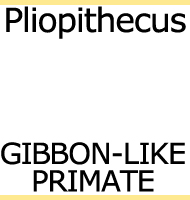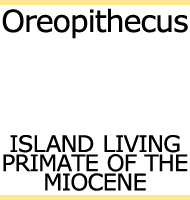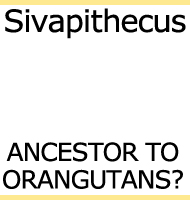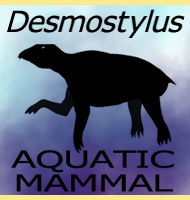


Smilodectes
Name:
Smilodectes.
Phonetic: Smy-loe-dek-teez.
Named By: Wortman - 1903.
Synonyms: Aphanolemur.
Classification: Chordata, Mammalia, Primates,
Nothactidae, Nothactinae.
Species: S. gracilis, S. mcgrewi,
S. gingerichi.
Diet: Folivore (herbivore that specialises in
eating leaves).
Size: Around 2 kilograms, though could be
slightly larger.
Known locations: USA - Colorado, Utah
& Wyoming.
Time period: Ypresian to Lutetian of the Eocene.
Fossil representation: Multiple specimens.
Smilodectes is another example of an early Eocene era primate, and one of the better known from North America. As a notharctine primate, Smilodectes was similar to the type genus of the group, Notharctus. Like its relatives, Smilodectes was a small and lightly built primate that spent most of its time up in the tree canopy, where it’s presumed to have been a leaf eater. This is also a reflection of Eocene ecosystems which had a much wider expanse of forests than what are seen today, especially within the United States.
Further reading
- Notice of some new fossil mammals from the Tertiary Formation. -
American Journal of Science 2(7):35-44. - O. C. Marsh - 1871.
- Studies of Eocene Mammalia in the Marsh Collection, Peabody Museum.
Part II. Primates. Suborder Cheiromyoidea. - The American Journal of
Science, series 4 16:345-368. - J. L. Wortman - 1903.
- Phylogeny of middle Eocene Adapidae (Mammalia, Primates) in North
America: Smilodectes and Notharctus.
- Journal of Paleontology
53(1):153-163. - P. D. Gingerich - 1979.
- Notharctine primates (Adapiformes) from the early to middle Eocene
(Wasatchian-Bridgerian) of Wyoming: transitional species and the
origins of Notharctus and Smilodectes. - Journal of Human Evolution
43(3):353-380. - G. F. Gunnell - 2002.
----------------------------------------------------------------------------
Random favourites
 |
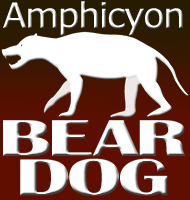 |
 |
